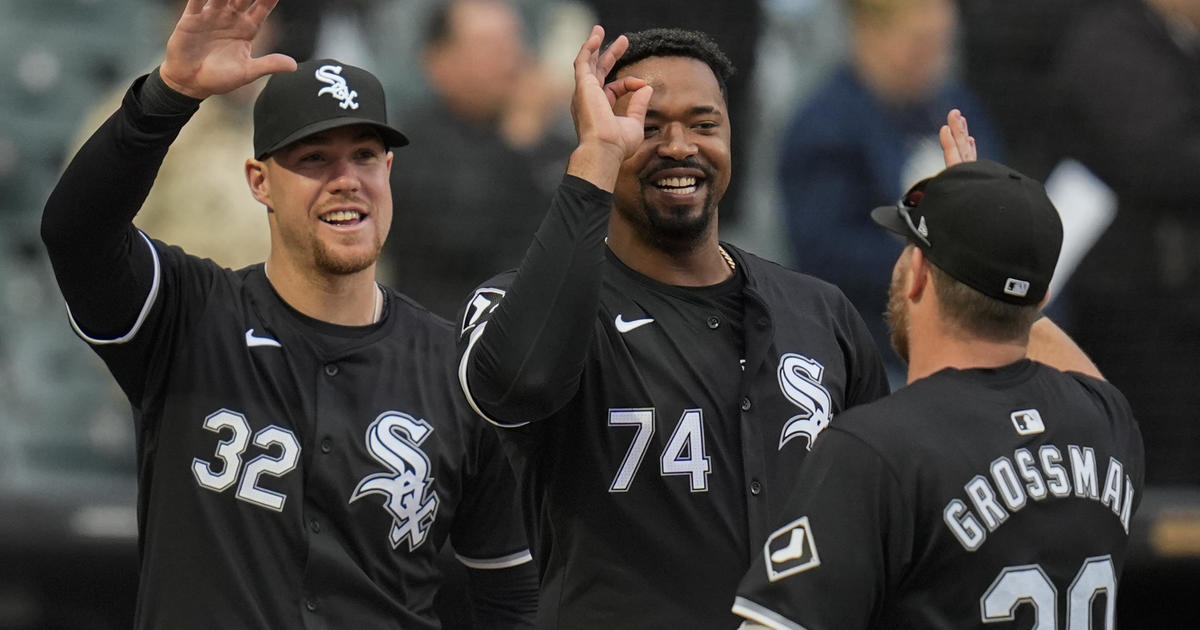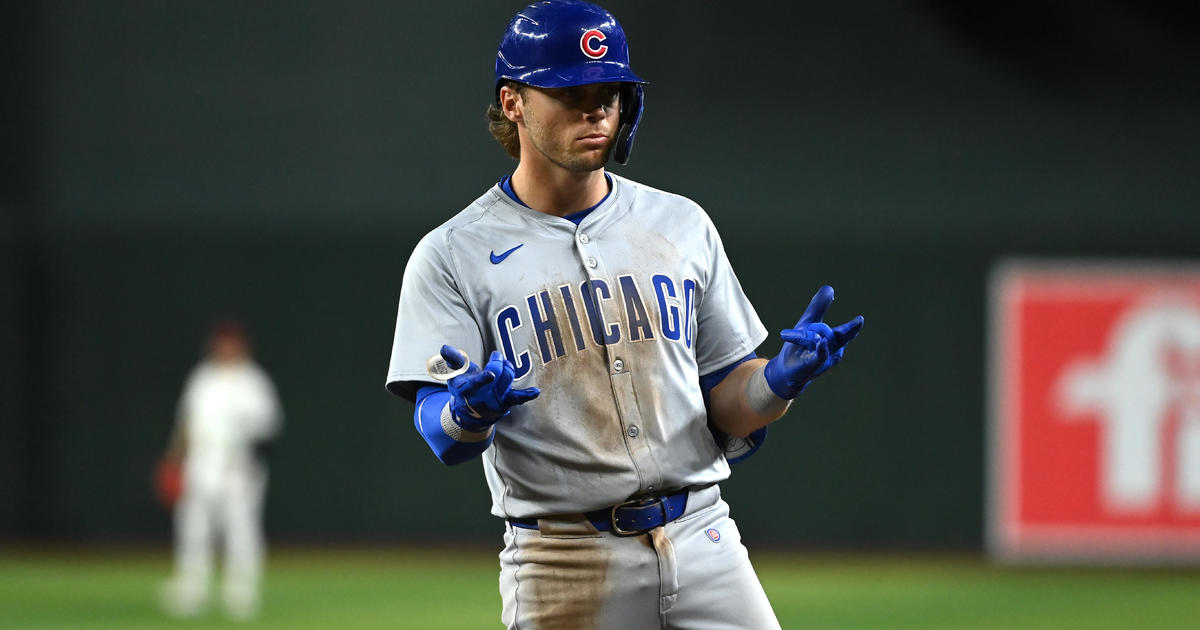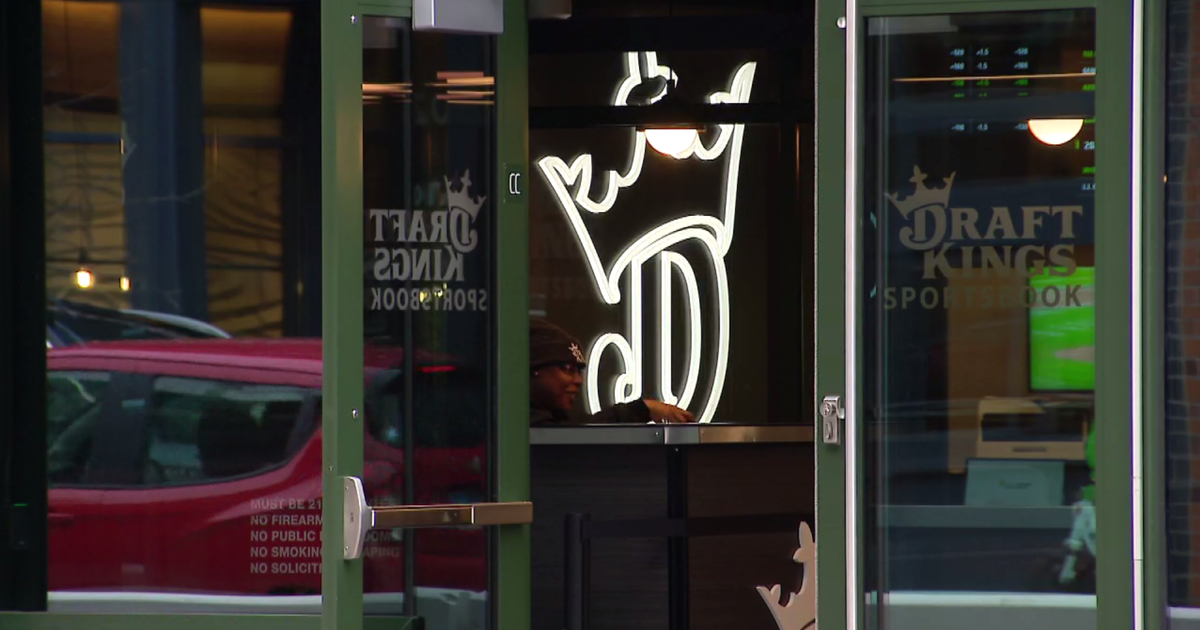Angi: Addressing The White Sox's Struggles At Third Base
By Cee Angi-
(CBS) I'm sure the White Sox have had the ambition of finding a franchise third baseman for years, but they've sure had a funny way of showing it.
Even in the good years (remember those?) it's been a position in constant flux and of consistent disappointment, a pit of low production, an afterthought. The Sox haven't had a great third baseman since the days when Robin Ventura played, and if you're tempted to make a compelling case for the greatness of Joe Crede, well, you've proven my point already.
The pitfalls at third base have been like rows of dominoes, a chain of inept decisions that are both a cause and a symptom of the mess the organization is now. We could go back to the first domino that fell when Greg Norton took over for Ventura and gripe about every decision along the way, but the most recent wave of disappointment started with a series of missteps in the 2011 season. I know that seems like ancient history, but unfortunately, you have to relive it to really get the pathos. When you play it back in slow motion, it's like watching a 20-car pileup unfold that could have been prevented if someone wasn't texting and driving.
To start, an aging Omar Vizquel was no longer a viable everyday option at third (if an ex-shortstop who hit exactly like a shortstop ever was one), so Brent Morel, the brightest of the what would prove to be a series of low-wattage lights, took his place. In the first 100 games of the season, Morel functioned as a light singles hitter, which put his future at the position in jeopardy. In the last 26 games of the season, however, he slugged .553 and hit eight home runs, which prompted many to shout, "Hallelujah!" as though the Hot Corner Gods, the deities who groomed Eddie Mathews and Mike Schmidt, had finally delivered a franchise third baseman to the Southside.
The problem, it seems, is that some of those people who thought the prayers were answered also work in the front office. Given the lack of alternatives (and aided by that small sample from September) Morel became the everyday option at third for the 2012 season. That plan was doomed from the start. Morel played just 35 games and hit .117/.225/.195 before disappearing to the disabled list for the remainder of the season. Vizquel, who might have worked in a pinch, had departed as a free agent, which left Brent Lillibridge, a utility infielder with no business at third, as the court of last resort. The Sox then traded for Orlando Hudson, which in theory was the right move for a quick patch, at least if the O-Dog's bat hadn't quit two years earlier, but he sputtered and died (not literally, thankfully) almost as quickly as Morel did. On June 24, they traded for Kevin Youkilis, the first of several victims to leave Boston in manager Bobby Valentine's suitcase parade.
Prayers were temporarily answered again, as Youkilis hit .236/.346/.425 with 15 home runs. He was a shell of his former self, and this was nowhere near the best production of his career, but it was serviceable output when compared to the misfits that came before him. Given his age and injury history, the Sox decided that $13 million for the 2013 season was too much, and he signed a one-year deal with the Yankees instead.
In hindsight, letting Youkilis go seems like a genius move considering he played just 28 games last season due to a lower back injury, but it still left the Sox without a strong option at third. With hands tied by the escalating payroll, the Sox took the low-fi approach and tried to cobble together production at third by using Jeff Keppinger and Conor Gillaspie. Not surprisingly, it was another failed experiment at a position with such a storied history of flatlining that it really makes you stop and wonder if perhaps there's a curse or an invisible production-eating rugaru that lives at third.
The average major league third baseman hit .260/.324/.412 in 2013. The Sox's combined production at third last season was .236/.285/.350; the third basemen's aggregate OPS ranked 28th in the majors. Keppinger, who the Sox signed because he could potentially help fix their on-base percentage problem as a singles-machine, stopped hitting. Gillaspie, who was in his first full season in the majors, played 128 games and was a little better than anticipated, though still below average. He did manage to hit .257/.322/.407 against right-handed pitching. However, his struggles against lefties (.155/.189/.239), combined with a dearth of suitable option to platoon him with, left him exposed at the plate.
The problems at third are not likely to go away this season; in fact, they could get worse. As of now, instead of a viable option for everyday play, the Sox have a salvage lot of limited utility infielders with questionable upsides. Morel, Keppinger, and Gillaspie could see regular playing time. There's also rookie Marcus Semien, who has the patience to provide a bit of a boost to the OBP, but is really a second baseman and may end up there instead if they non-tender Gordon Beckham. The Sox also signed Alex Liddi to a minor-league deal, a low-risk move for a player who could have big upside if he continues to progress as a power hitter, but as a low-average hitter without much patience, if he doesn't slug he won't be too exciting. The depressing reality is that even if Robin Ventura could fuse their best qualities by rotating them perfectly, getting Gillaspie's platoon advantage (such as it is) against righties, Liddi's against lefties, Semien's plate judgment, Keppinger's singles, and Morel's defense—the sum of their contributions could still end up being tantamount to a player struggling to float out of replacement-level purgatory.
The only (slightly) good news is that all of these options come cheap, so it's not costing the Sox much to have them on the roster or in the minors. If they Sox are patient, they could be rewarded by one or two of the players mentioned above forming a productive combination, but uncertainty at any position to start the season is hard to accept given a team that so desperately needs offense -- you want to see good, aggressive solutions to obvious problems, not for patchwork. The Sox could seek help via free agency, but the average age of third basemen on the market this offseason is 35, which could deliver a new set of deficiencies at a high price. There's a compelling case for the Sox to at least explore a deal with a player like Juan Uribe, a 34-year-old with a decent glove who sometimes hits a bit and could potentially sign a two-year deal, but in a market with such limited talent, even the old models don't come cheap.
Whatever happens, next season is likely to send more dominoes toppling over as this tragic chain reaction of ineptitude continues. Maybe the hex on third will eventually be lifted and the Sox will find their long-sought after franchise third baseman, but barring a significant trade for talent or serendipitous development, it's going to be the same crapshoot next season that it has been for years. For a team that's dealing in risky enterprise at several positions, that's a prospect that's awfully unnerving. At least at third, everyone's used to it by now.
Cee Angi is a freelance sportswriter, whose work has appeared at Baseball Prospectus, The Platoon Advantage, The Classical, and is currently one of SB Nation's featured columnists covering Major League Baseball. Follow her on Twitter @CeeAngi and read more of her CBS Chicago blog entries here.




